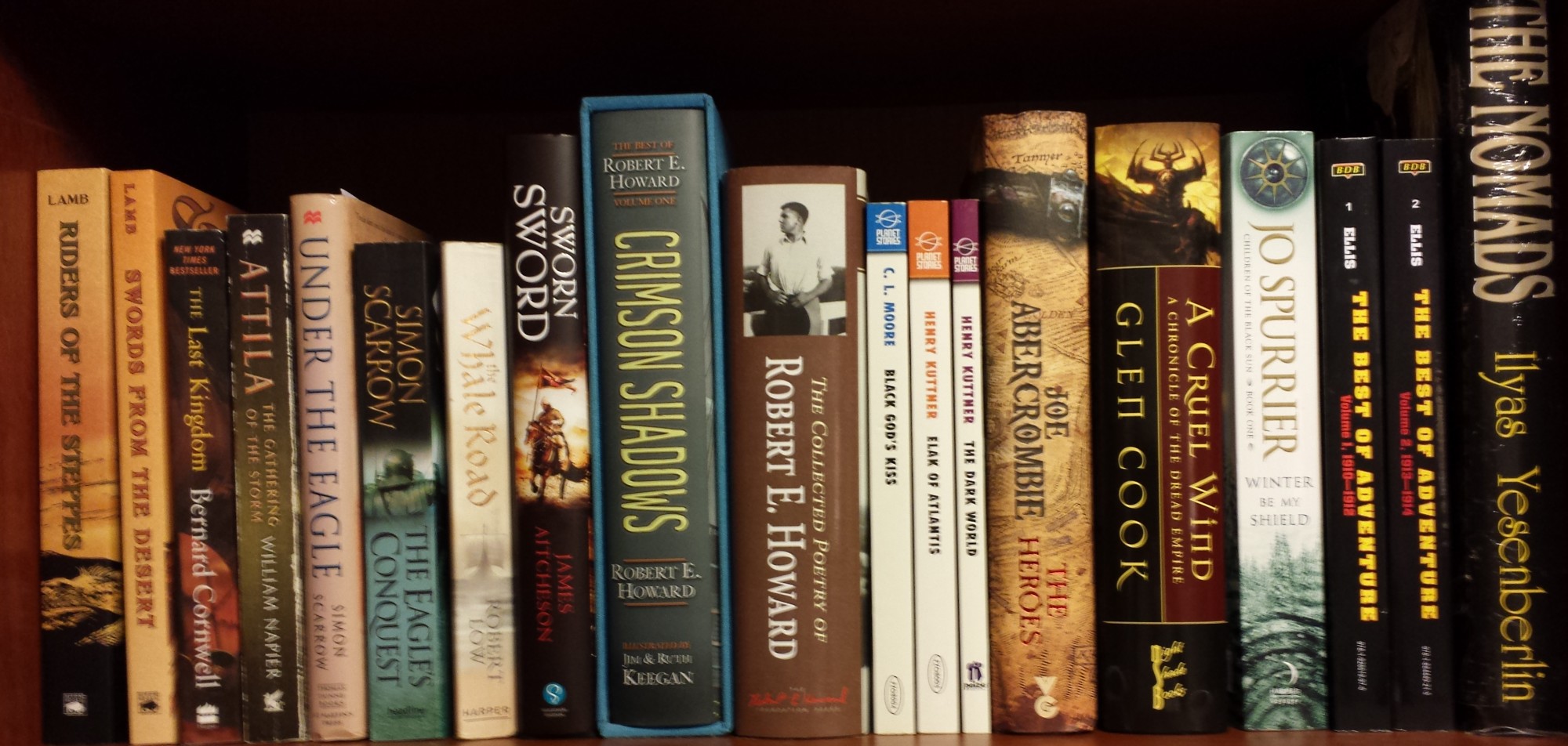 I’m doing a second birthday post today because I think both writers, Henry S. Whitehead and Mike Resnick (1942-2020) are important enough, both to me personally and to the field in general, that a single post isn’t the way to treat them. This one is going to be brief, though, because I’m traveling today and need to get back on the road.
I’m doing a second birthday post today because I think both writers, Henry S. Whitehead and Mike Resnick (1942-2020) are important enough, both to me personally and to the field in general, that a single post isn’t the way to treat them. This one is going to be brief, though, because I’m traveling today and need to get back on the road.
Resnick didn’t write much fantasy, although he wrote a little as well as a few mysteries near the end of his life.
He traveled extensively in Africa, and what he saw and experienced there informed much of his work, both in novels and in shorter lengths.
His Birthright series, which he added to all of his life, was one of the best and most entertaining future histories I’ve ever read. It included Brithright: The Book of Man, Santiago, the Oracle trilogy, and the Widowmaker series. Among others.
And that’s not mentioning the other series he wrote.
As much as I love his novels, his short fiction is, in my mind, his best work. He was a multiple award winner at that length. The Kirinyaga stories, which won multiple awards are some of the most thought provoking stories to come out of the nineties.
The thing that is really annoying about Resnick’s short fiction is how easy he made it look. He could write a story with a point and make it so engrossing and entertaining that you didn’t realize there was a serious message in the story. He’s a writer I want to study more to try and learn how he did it.
Resnick was an accomplished editor as well. He edited a number of anthologies in the nineties that dealt with various aspects of alternate histories. A number of those stories won or were nominated for awards. And let’s not forget Galaxy’s Edge, the electronic magazine he was editing at the time of his death. It contained both original and reprint work and was, again, in my opinion, one of the top short fiction venues in the field.
I could go on at length about Mike Resnick’s contributions, but I’ll stop there and save something for a future post.
 One of the brightest stars of the pre-Campbell pulp era was Stanley G. Weinbaum (1902-1935). His aliens were truly alien, and his stories often had a sense of whimsey to them that is missing in much of today’s fiction. He helped to break the mold of stories that were gadget stories with cardboard characters.
One of the brightest stars of the pre-Campbell pulp era was Stanley G. Weinbaum (1902-1935). His aliens were truly alien, and his stories often had a sense of whimsey to them that is missing in much of today’s fiction. He helped to break the mold of stories that were gadget stories with cardboard characters.







